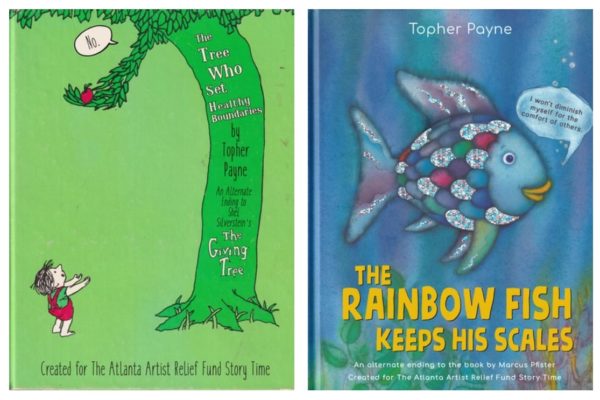Welcome to 2016! I’d love to hear your New Year’s resolutions, especially as they relate to your kids. Allow me suggest one more: Teach your kids the words they need to talk about emotions and sex.
Last week, I attended the Stepping Stones Project’s first speaker series event and heard Marc Brackett talk about creating an “emotion revolution” in schools (here’s a link to his project with Facebook, inspirED). He pointed out that many of us don’t have practice talking about our emotions and that kids really need to master that vocabulary. You have to name it to tame it, he said, and that got me thinking.
There’s a lot of truth to that catchy little phrase, and it applies to more than emotions. When you learn a word, you’re also learning a new concept. For example, we learn “boy” and “girl” and you might think that’s all there is, until you learn the word “transgender”. Talking about the penis and vagina is essential, but it’s a whole new conversation when you talk about the clitoris.
Teaching a new word also teaches a new idea. Without the word, your child might not know that concept exists.
Having a strong vocabulary is useful for more than the SATs! Being able to name your anatomy lets you talk to your doctor and partner with precision. Your child is picking up the slang – teach them the real words too.
Help your child distinguish between similar emotions. If you can describe your feelings, then your communication with friends, family, and partners will be infinitely better. Adults often fear that teaching the words for sexual acts will give kids “ideas,” but this is not supported by research. In fact, kids who have these conversations with their families are less likely to experience teen pregnancy or get sexually transmitted infections, and they tend to wait longer before each stage of sexual experimentation.
So, which words to teach when? You know your kids and what they’re ready for, but mastering these ideas may take your child years. Here are some general guidelines for when to start:
- Ages 1+: Teach the anatomy. Using cutesy words is fun, but it’s a real problem if kids never learn the proper names for their body parts. Specifically, young children should know vulva, vagina, penis, butt(ocks) and anus.
- Ages 1+: Teach the words for emotions. You can start with happy, mad, and sad, but keep going! Distinguish between frustrated and mad, anxious and nervous, envious and jealous, embarrassed and ashamed, etc. There are a lot of words to describe emotions. Being able to accurately talk about our own feelings and recognize another’s emotional state are keys to good relationships.
- Ages 1+: Teach about boundaries and consent, explain social norms.
- Age 5: Explain sex and conception, and warn against pornography.
- Ages 8+: Describe the changes that occur with puberty.
- Ages 11+: Teach about body image, sexual orientation (gay, lesbian, bi, straight), gender identity (girl, boy, trans), masturbation, oral and anal sex. Teach about sexual harassment and sexual assault.
- Ages 13+: Teach about intimacy vs. intercourse, and all the words for all the sexual acts (69, fetish, threesome, sex toys, etc.). Teach about contraceptive options and sexually transmitted infections.
What words do you have trouble teaching? What concepts are you not yet comfortable talking about? I’d love to help you out. Just hit reply to this email and I can help you strategize about how and when to introduce that word to your child.
Here’s to a wonderfully wordy 2016!
Anya








